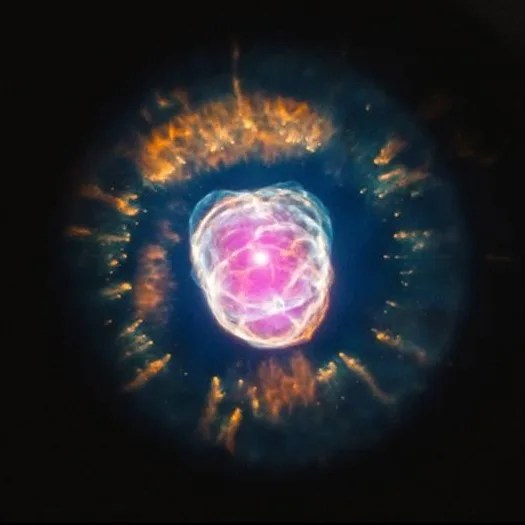Messier 79
Our Milky Way galaxy may have stripped this globular cluster from another galaxy.
Distance
41,000 light-years
Apparent Magnitude
8.0
constellation
Lepus
object type
Globular Cluster
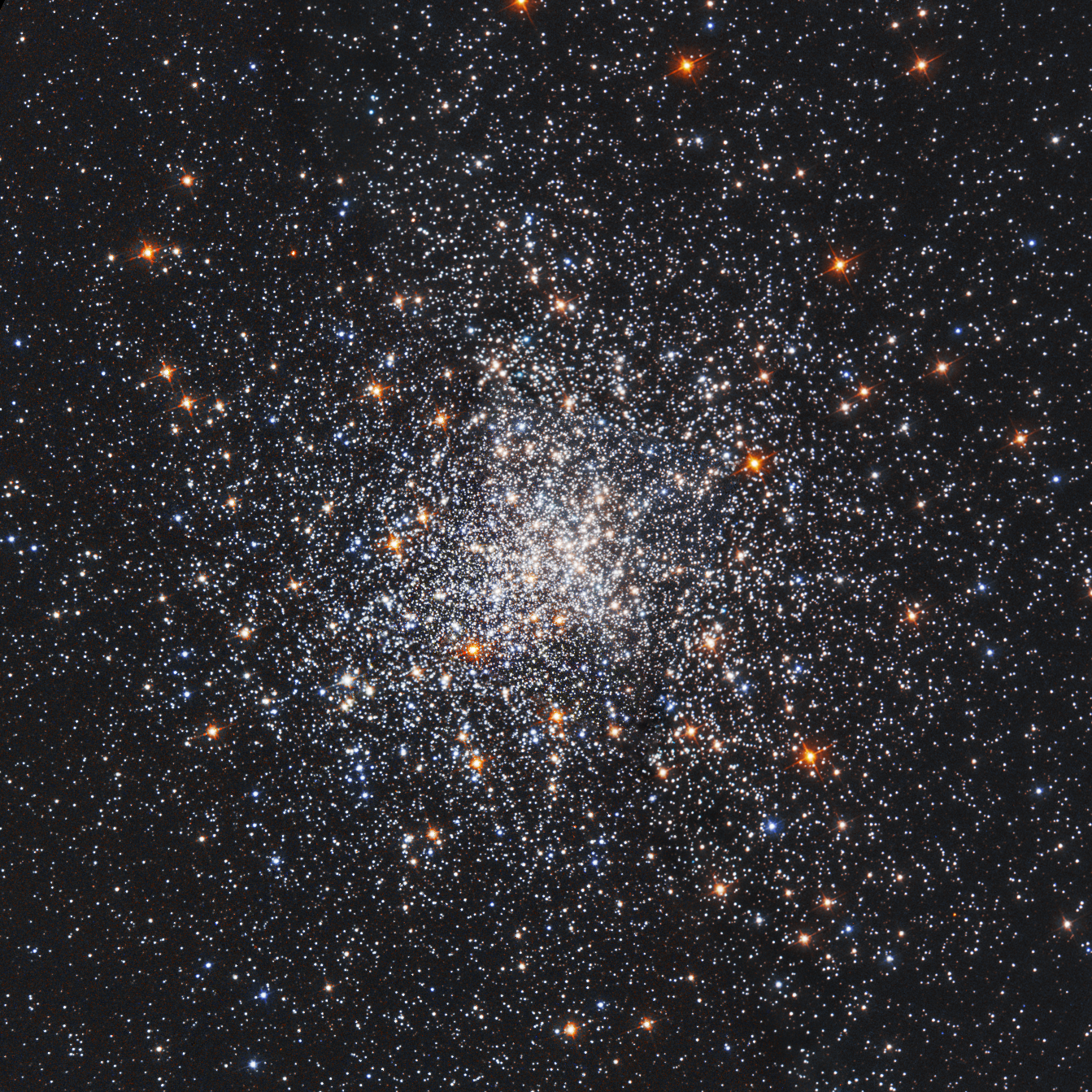
Discovered by Charles Messier’s colleague Pierre Méchain in 1780, M79 is a globular cluster in the constellation Lepus the Hare. Best observed in the month of January, the cluster has an apparent magnitude of about 8. The dense heart of the cluster can be spotted as a small, fuzzy patch in binoculars, but observers will need at least a medium-sized telescope to resolve M79’s individual stars and outer environs.
While most globular clusters in our Milky Way galaxy appear around the galactic core in Sagittarius, M79 is one of the few seen on the opposite side of the sky, away from the galaxy’s center. That’s because Earth lies between M79 and the middle of the galaxy. M79 is about 41,000 light-years from us but roughly 60,000 light-years from the galactic center.
M79 is also one of just two globular clusters in the Messier catalog that our galaxy might have stolen from other nearby galaxies in the not-too-distant past. An unusual density of red giant stars in the direction of the constellation Canis Major (not far from M79) could be the remains of a dwarf galaxy that’s currently being shredded and absorbed by our Milky Way galaxy. M79 might have been snatched from this small galaxy, known as the Canis Major Dwarf Galaxy.
This image of M79 combines visible and ultraviolet observations taken by Hubble in 1995 and 1997. Not surprisingly, the cluster contains many aging red giant stars. However, Hubble has helped show that M79 also includes numerous “blue stragglers,” which are brighter and bluer than astronomers would expect stellar residents of an old globular cluster to be. Astronomers suspect these strange, youthful-looking objects are the products of their compact environments, forming either from stellar mergers or from one star pulling in material from a close neighbor.
For more information on Hubble’s observations of M79, see:
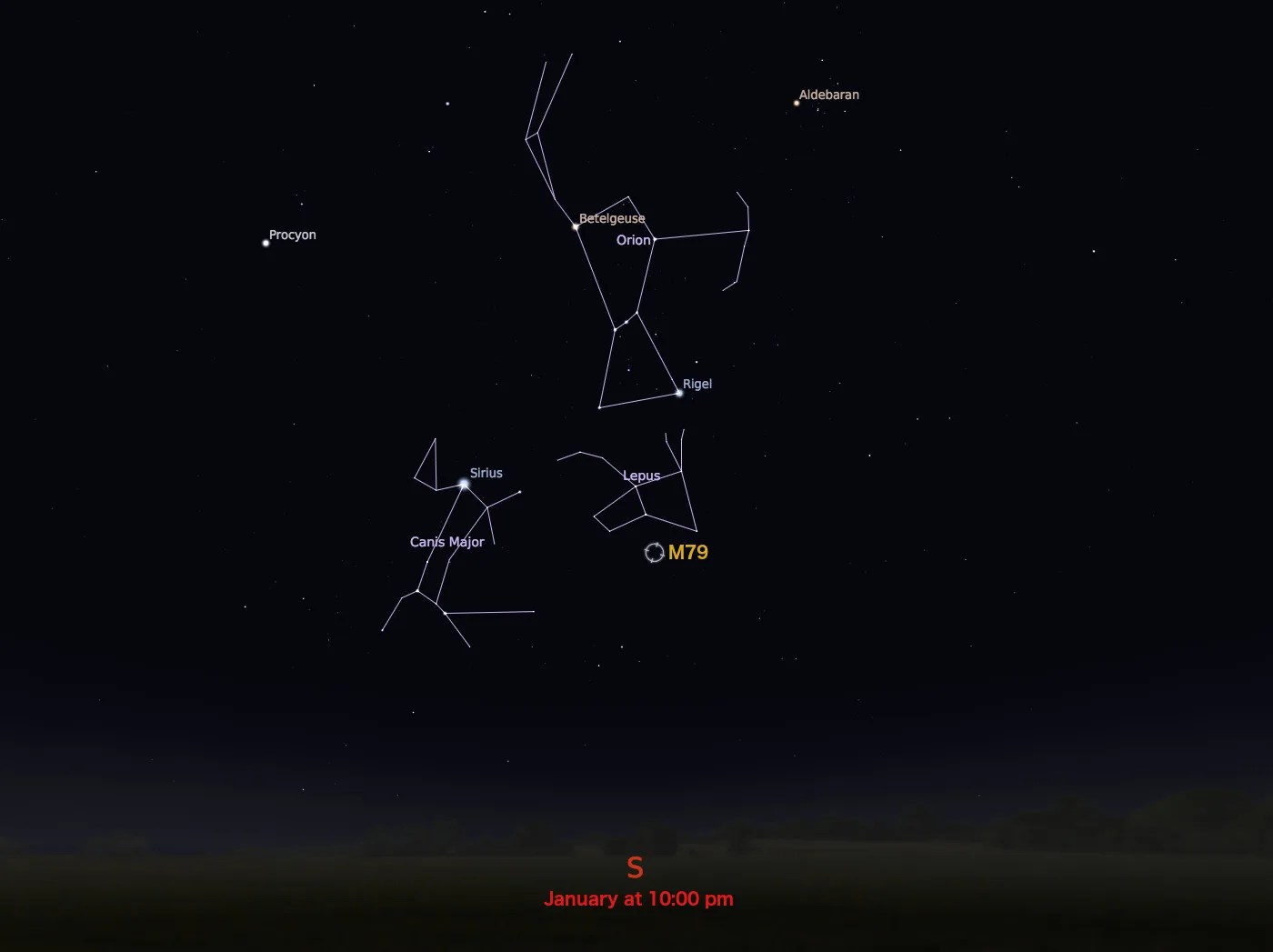

Explore Hubble's Messier Catalog
The following pages contain some of Hubble’s best images of Messier objects.

Messier 1 (The Crab Nebula)
Better known as the Crab Nebula, Charles Messier originally mistook Messier 1 for Halley’s Comet, which inspired him to create…
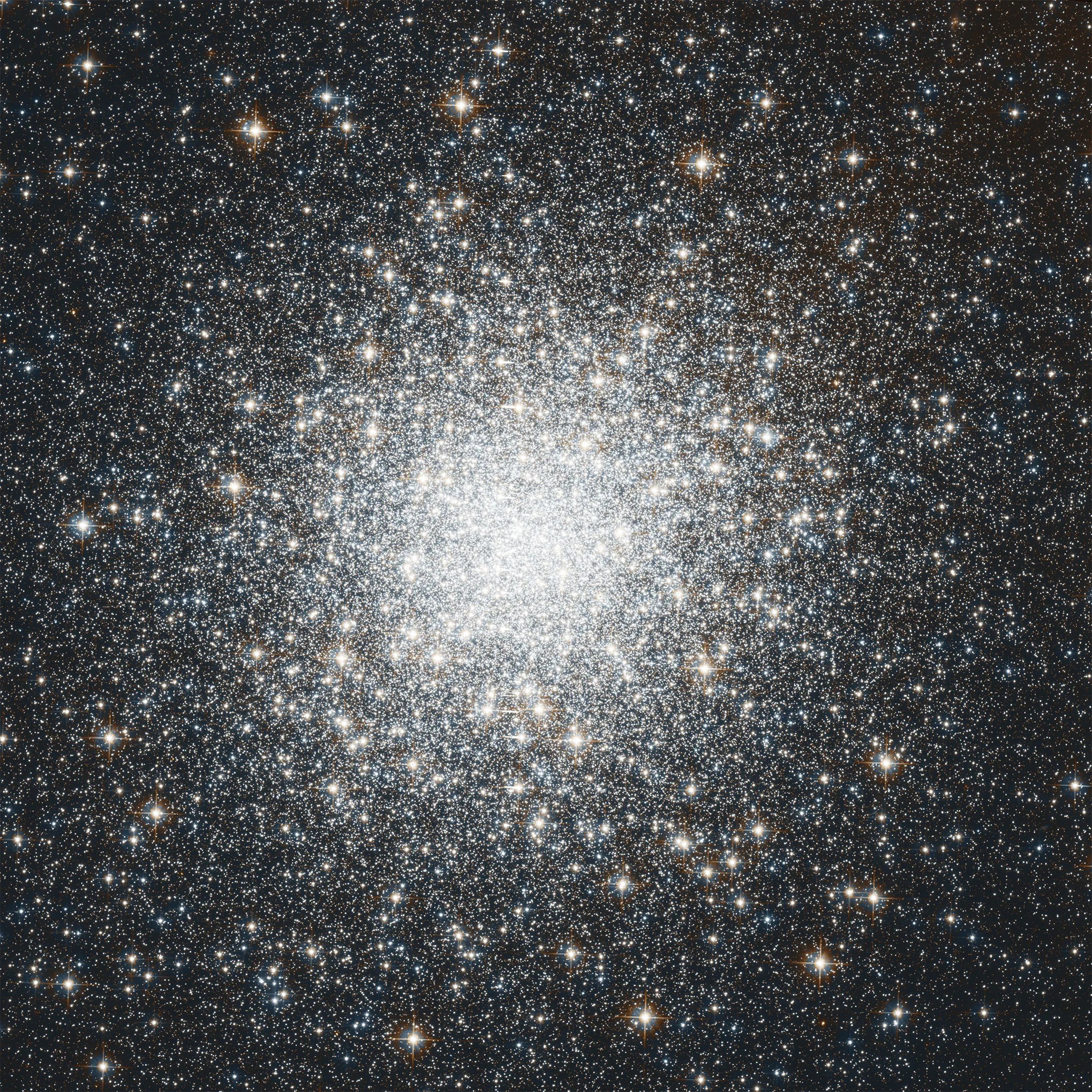
Messier 2
Hubble's image of Messier 2 is comprised of visible and infrared wavelengths of light.
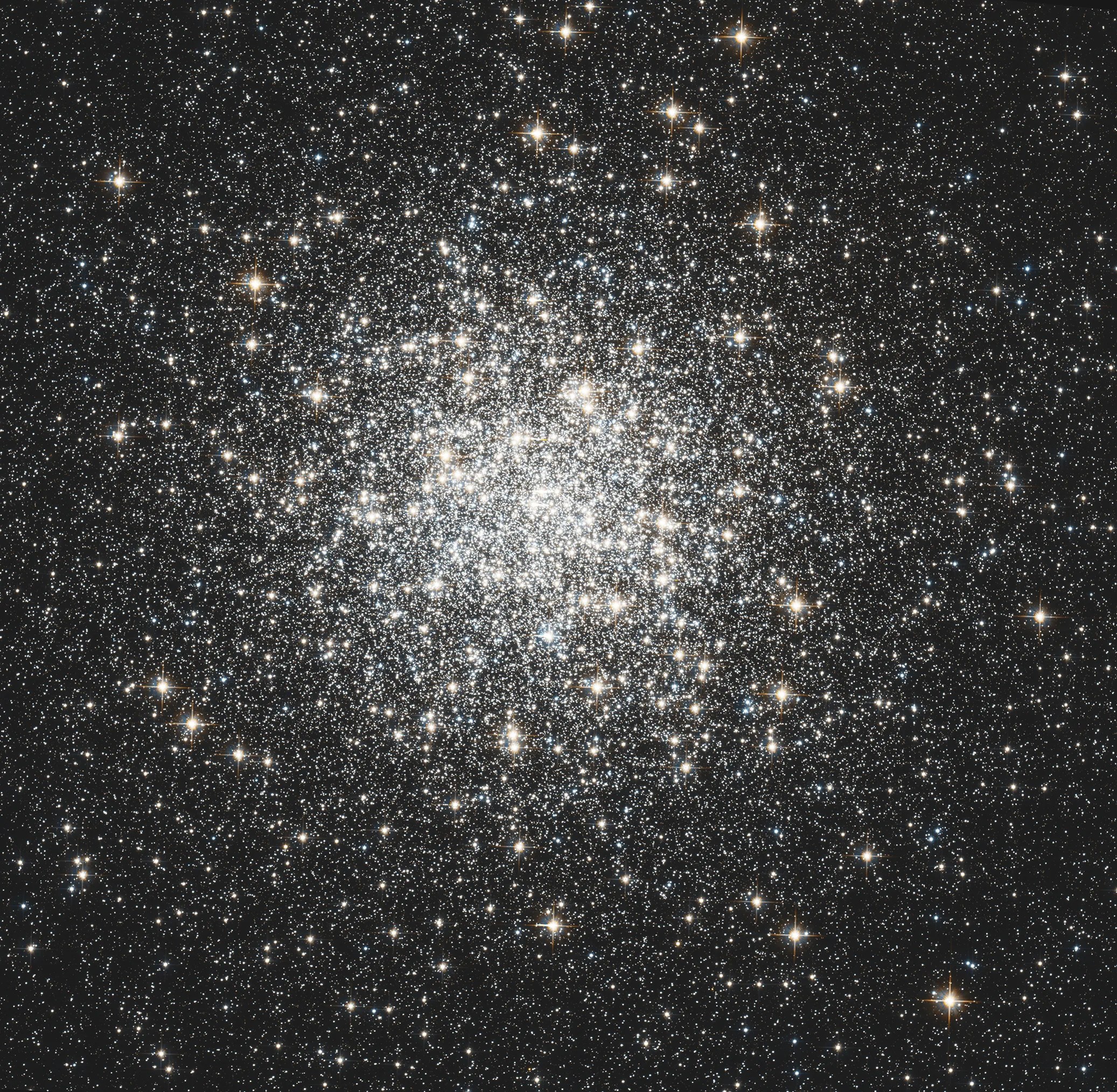
Messier 3
Messier 3 holds more than 500,000 stars.




